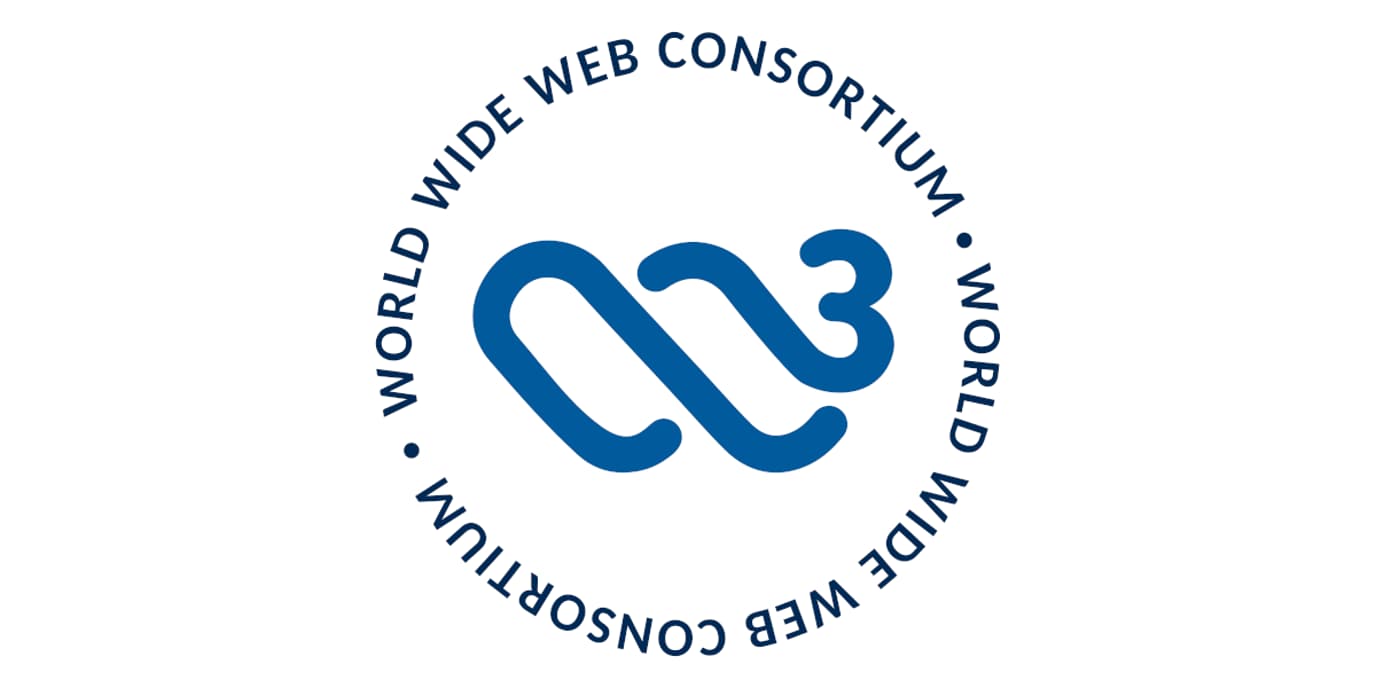Alt text is often treated as a quick accessibility tickbox (if it is done at all), but it’s a valuable part of accessible content. When written properly, it helps users understand the message your imagery is meant to convey.

Alt text is one of the simplest improvements you can make to a website, yet it is the most consistently ignored. Many teams still treat it as a label or accessibility tickbox: a quick description, two vague words, and move on.
But alt text is not a label. It’s communication; it is your chance to convey the meaning of an image to someone who can’t see it, and it can make a real difference to accessibility, SEO, and user experience.
This post walks through how to write alt text that helps real users, supports your content, and avoids the usual mistakes.
Why alt text matters
Alt text exists first and foremost for accessibility. If someone uses a screen reader, they deserve to understand what the image contributes to the page. The job of alt text is not to simply say what the image is, but to explain what the image is doing.
When you choose an image, you’re (hopefully) choosing something that reinforces the message of the content or brings it to life. If a website user can’t see that image, your alt text should still deliver that context.
Good alt text also supports SEO. Search engines rely on it to understand the meaning of your images. A relevant keyword helps, but subtlety matters. The goal is clarity, not keyword stuffing.
What bad alt text looks like
Most alt text fails because it’s too literal or too vague.
Here are some examples of weak alt text:
- “man with laptop”
- “woman smiling”
- “office desk”
These descriptions provide zero context. They don’t tell the user why the image is there and they add nothing to the page.
What better alt text looks like
Stronger alt text focuses on the message behind the image. Below are examples of improved alt text:
- Instead of “person typing on laptop”: “person working intently, suggesting focus during a busy workday”
- Instead of “team meeting”: “small team discussing ideas during a planning session”
These aren’t long, but they’re purposeful.
How to write meaningful alt text
Use this simple approach each time you add an image.
- Ask why the image exists. What is it adding to the page?
- Describe the message, not just the objects in the frame
- Keep it concise so it’s efficient for screen readers
- Add one natural keyword to support SEO
- Make it a habit. Add alt text to every image, without exception
We recommend a quick monthly audit too. New content gets added fast, and it’s easy for a few images to slip through. We’ve worked on sites with thousands of images and a significant number missing alt text. Fixing it afterwards is a long, manual process. It’s far easier to get it right from the start with quick check-ins.
A note on using AI for alt text
As with lots of content tasks, AI can speed up the writing process, but it needs checking. We once tested an AI tool on a selection of images and for most, the results were good. But then it struggled with a simple photo of one our team members working at a laptop.
The description it returned: “a black cat holding an umbrella.”
So, AI can be useful, but you still need human checks. If you use AI for alt text, review everything.
Quick checklist
Use this quick and easy list whenever you upload an image:
- Is the image essential to the content?
- Does the alt text explain what the image is trying to convey?
- Is it succinct?
- Does it include a relevant keyword naturally?
In summary
Alt text is small but powerful. It improves accessibility, strengthens content, and supports search visibility. It ensures every user gets the full message, not just those who can see the page.





